-
 © Porsche
© Porsche -
 © Luc Lacey/Classic & Sports Car
© Luc Lacey/Classic & Sports Car -
 © Porsche
© Porsche -
 © Classic & Sports Car
© Classic & Sports Car -
 © Bonhams|Cars
© Bonhams|Cars -
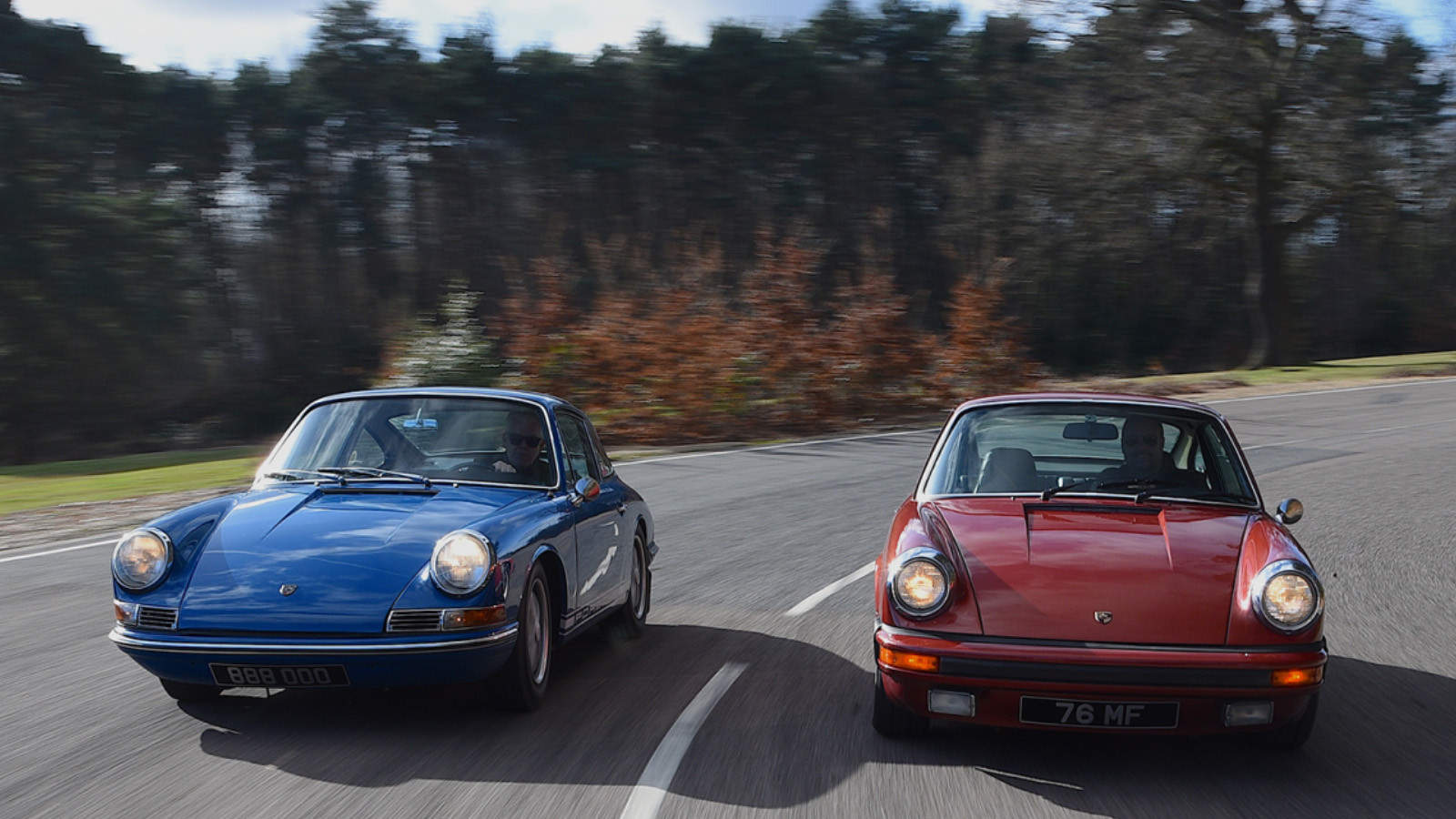 © Will Williams/Classic & Sports Car
© Will Williams/Classic & Sports Car -
 © Artcurial
© Artcurial -
 © Porsche
© Porsche -
 © Classic & Sports Car
© Classic & Sports Car -
 © James Mann/Classic & Sports Car
© James Mann/Classic & Sports Car -
 © Classic & Sports Car
© Classic & Sports Car -
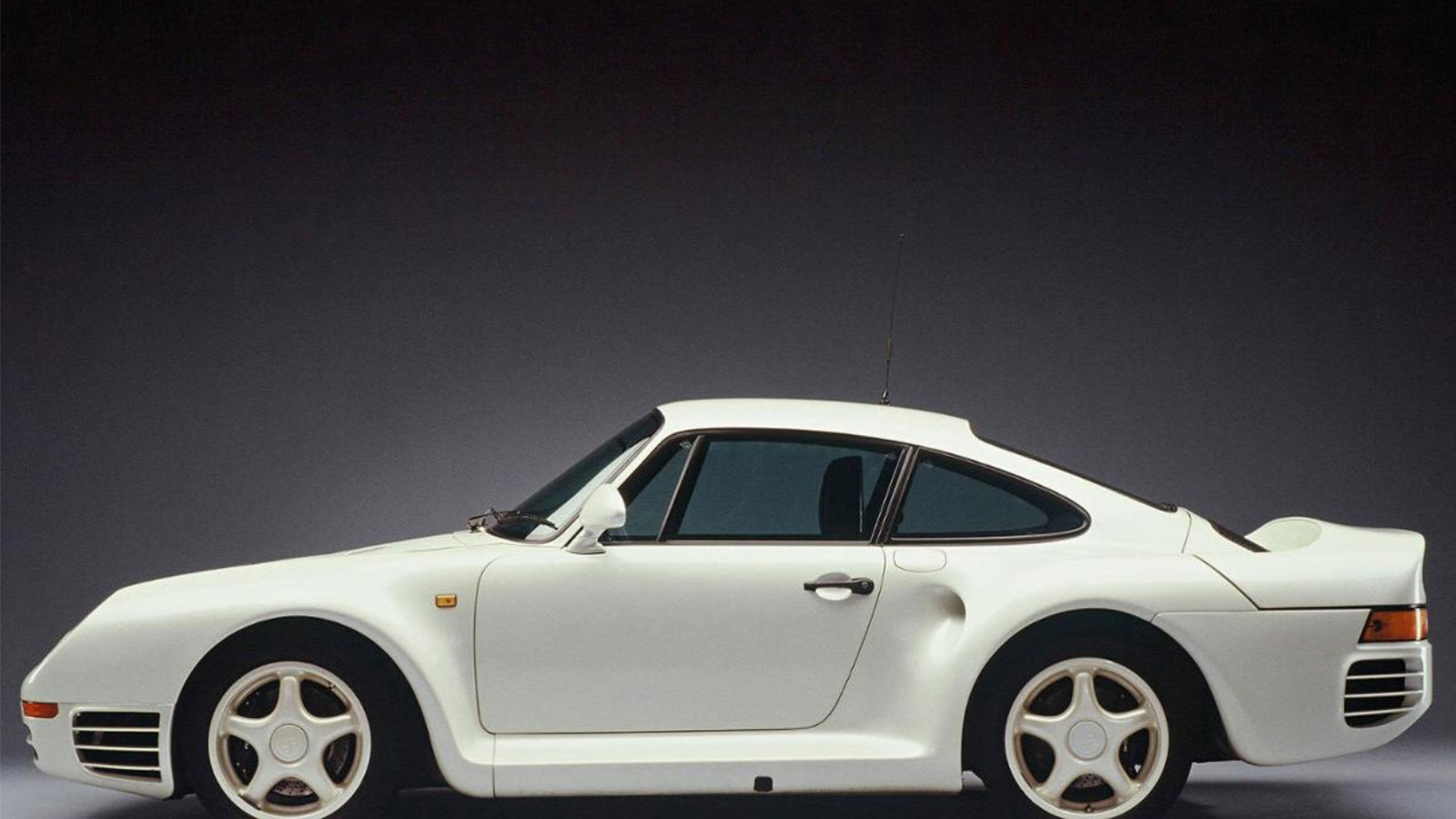 © Porsche
© Porsche -
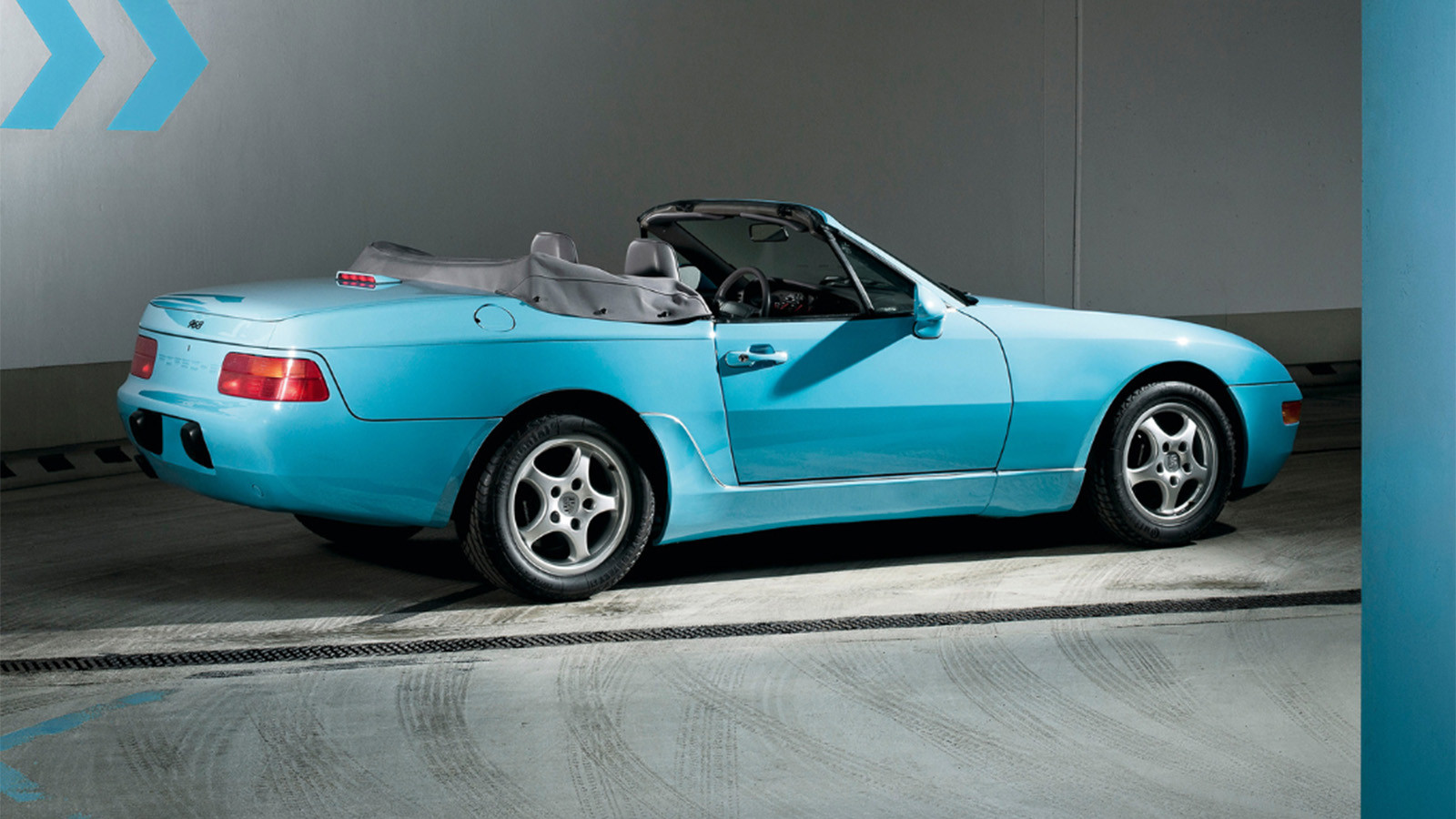 © Porsche Newsroom
© Porsche Newsroom -
 © Porsche
© Porsche -
 © Classic & Sports Car
© Classic & Sports Car -
 © Porsche
© Porsche -
 © Porsche
© Porsche -
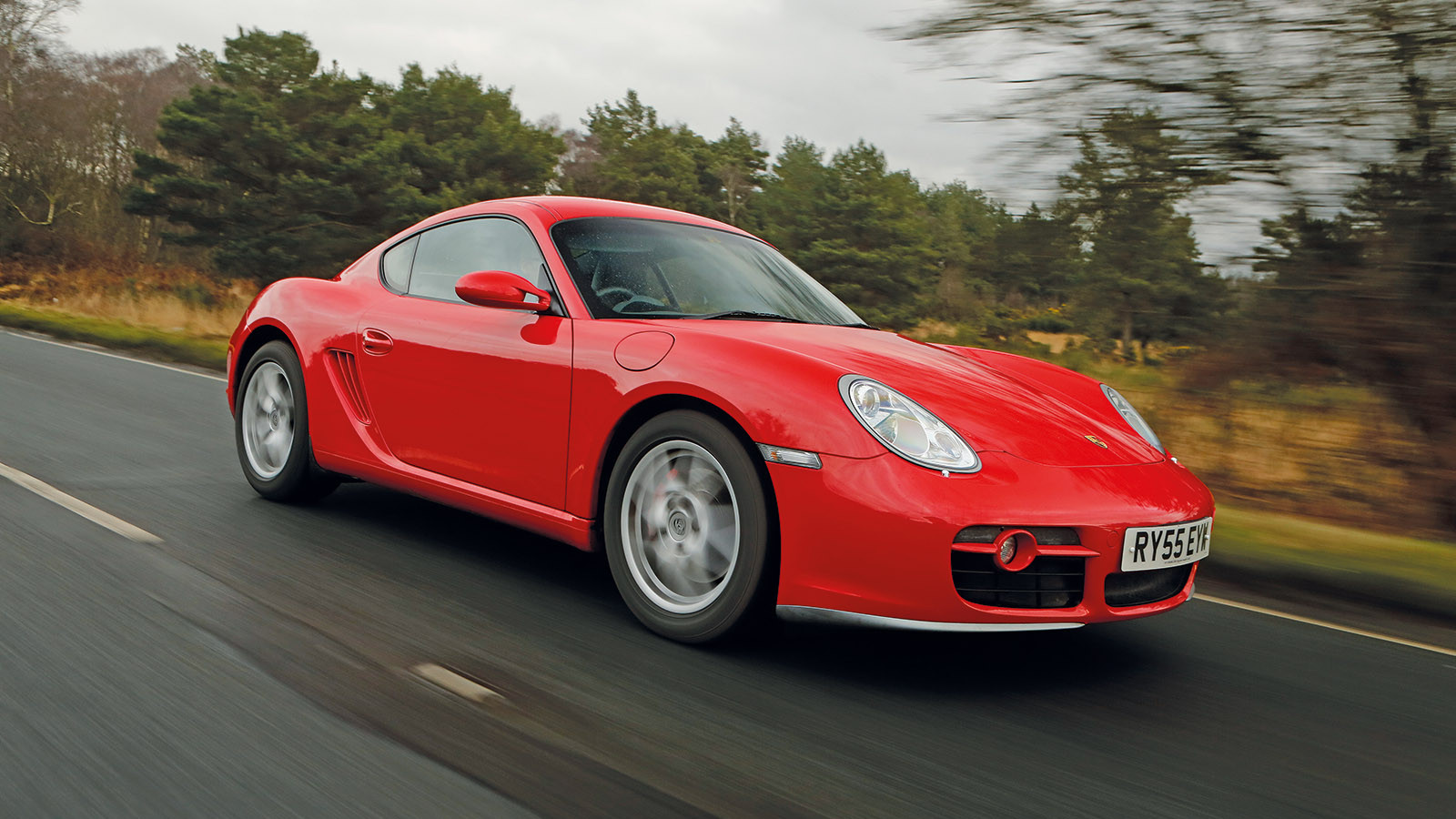 © Tony Baker/Classic & Sports Car
© Tony Baker/Classic & Sports Car -
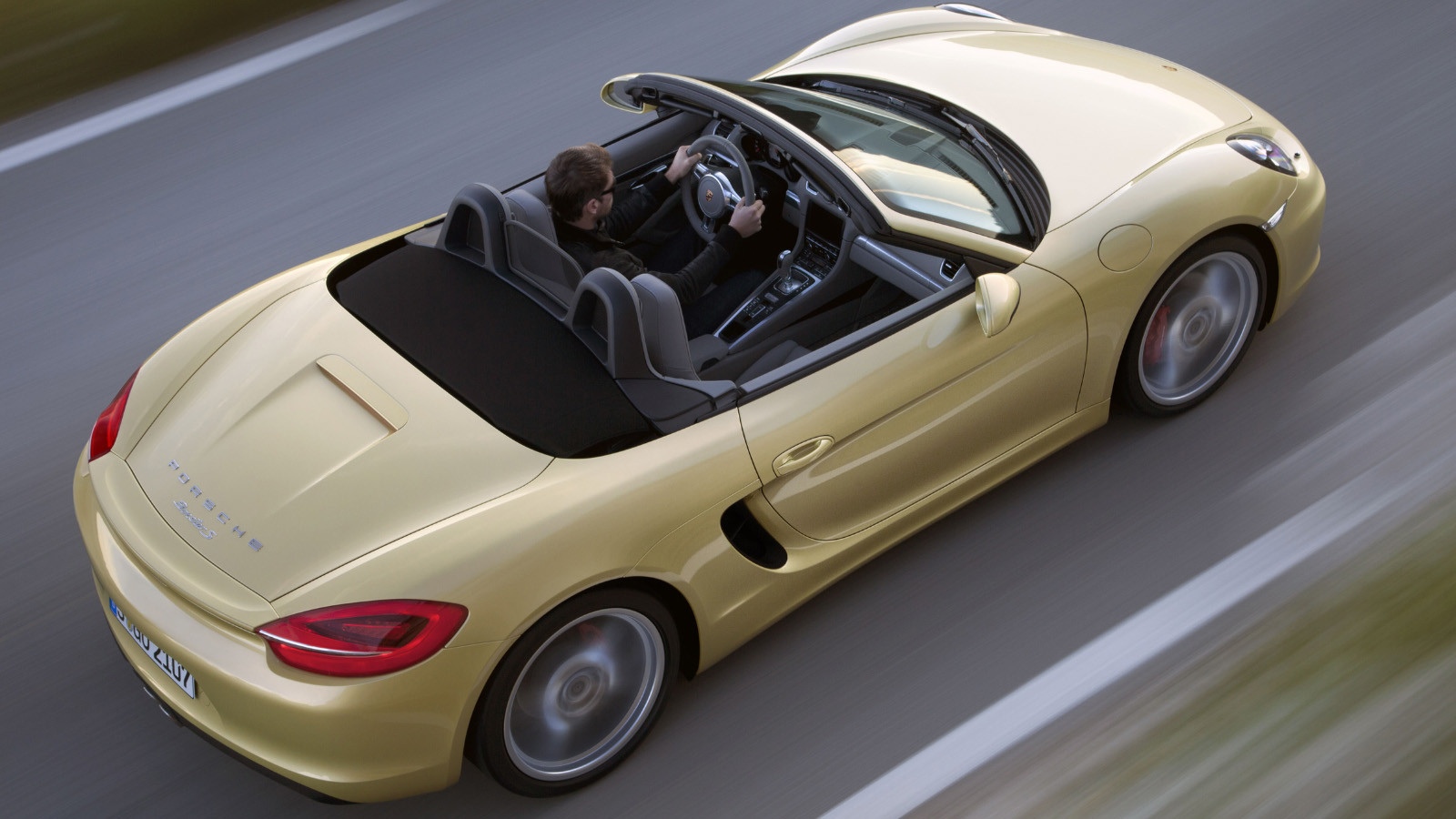 © Porsche
© Porsche -
 © Porsche
© Porsche -
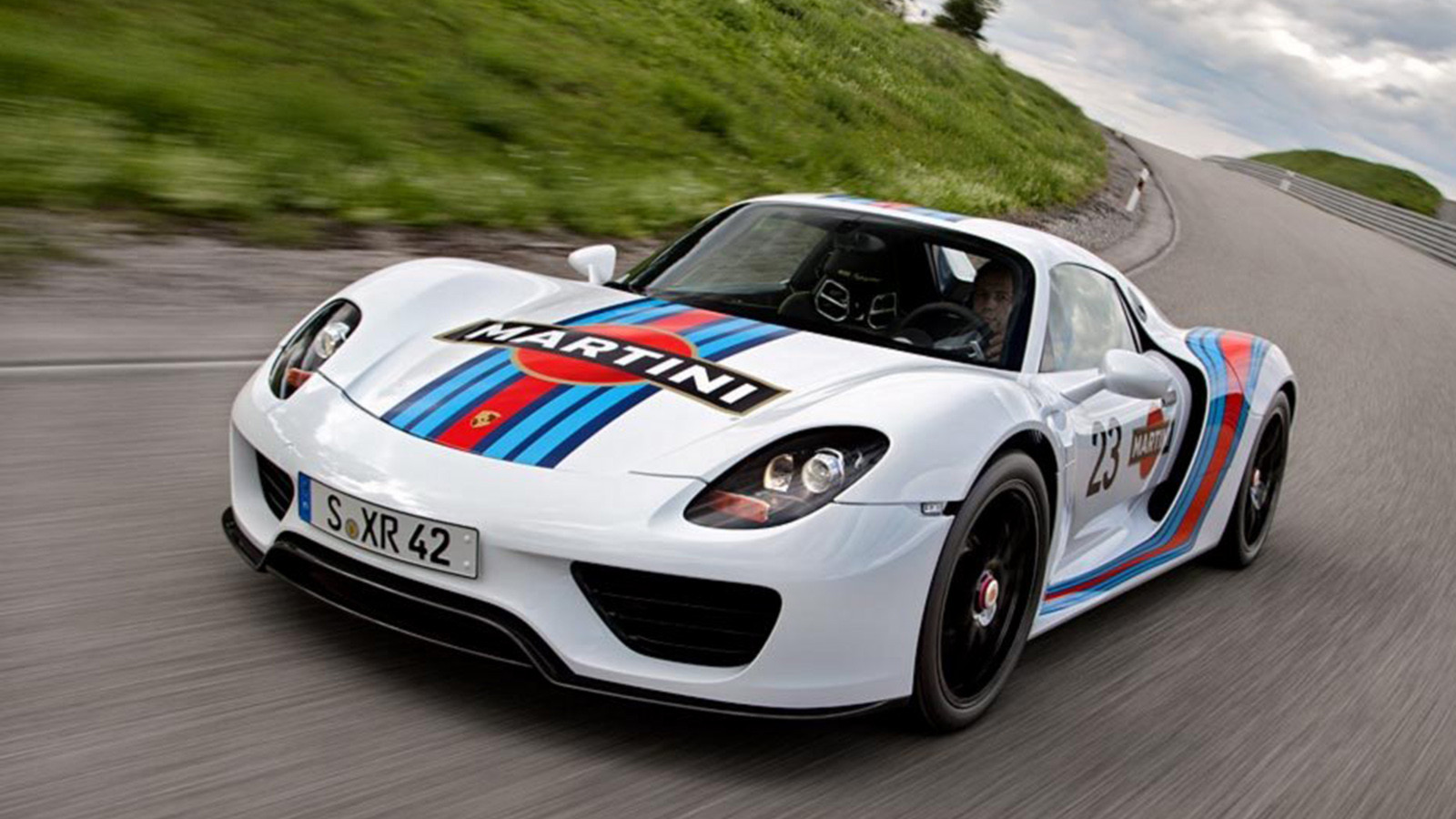 © Porsche
© Porsche -
 © Porsche
© Porsche -
 © Porsche
© Porsche
-
There are more than you might think
Porsche might be synonymous with its rear-engined two-plus-two, but it boasts a long history of road-legal sports cars that aren’t called 911 – enough to fill a gallery of 22 slides, in fact (yes, even we were surprised!).
Scroll through and you’ll find racing cars with numberplates, the fruits of Porsche’s front-engined era, mid-engined masterpieces and mistakes, many three-digit nomenclatures beginning with ‘9’, plus even 911s that went by other names.
They’re all here in order of appearance…
-
1. 1948 Porsche 356
Porsche’s first production car landed in 1948, famously spun from VW Beetle bones, with the first 50 examples assembled in Gmünd, Austria, the remainder in Zuffenhausen, Germany.
All were two-door models with four-cylinder air-cooled engines mounted at the rear, and both coupé and convertible models were available.
Porsche still owns the 356/1 prototype roadster, though this pre-series model is actually mid-engined.
The 356 was effectively replaced by the 911, however the two models co-existed for a couple of years through to 1965.
-
2. 1953 Porsche 550 Spyder
Most famous as the car in which James Dean perished, the road-legal 550 was born for racing and picked up where the prototype 356 left off with a mid-mounted engine.
Just 90 were produced through to 1956, with an outright win on its debut at the Nürburgring, as well as class victories at Le Mans and the Carrera Panamericana as just some of its highlights.
The 550 used the Ernst Fuhrmann-developed four-overhead-cam version of the 1.5-litre flat-four engine installed in hotter versions of the 356, allowing the 550 Spyder to reach speeds of 150mph flat out.
-
3. 1963 Porsche 901
The 911 wasn’t supposed to be a 911 at all – it was actually called 901 when it made its debut in 1963.
It was only after its appearance in Paris the following year that Peugeot objected on the grounds it’d been slotting a zero between two digits since the 201 of 1929.
By that point, 82 pre-series 901s had been produced, each with ‘901’ stamped into their chassis plates.
Today, along with a further 150 pre-production 911s, these 901s are some of the most collectible early 911s of all.
The one photographed was discovered by Porsche in an east German barn and featured by Classic & Sports Car in 2020.
-
4. 1963 Porsche 904
Another object of Peugeot ire, the 904 became the Carrera GTS once the French car maker objected.
It marked Porsche’s return to sports-car racing following its brief dalliance with Formula One, and combined a body-on-frame steel chassis with glassfibre bodywork and a 2-litre flat-four engine – flat-six and eight-cylinder models followed.
Only 106 examples of the Carrera GTS were produced, but Ian Parker of Porsche Centre South Lakes, the family-owned, oldest Porsche dealer in Britain, confirms they were road-legal – he remembers running round in one as a child.
-
5. 1965 Porsche 912
When Porsche stopped selling the 356 alongside its new 911, it left a gap in the market for a more affordable four-cylinder model – a gap filled by the 912, aka a 911 with a four-cylinder engine.
There were two iterations. The first lasted from 1965 to 1969 with a 1.6-litre engine, and was withdrawn from sale as the mid-engined 914 arrived.
When that car was killed off just five years later, a downsized 911 again stepped in as a temporary stopgap, this time as the US-only 912E and using a 2-litre flat-four.
Both are pictured here, the earliest on the left.
-
6. 1966 Porsche 906
Of all his achievements, the Le Mans-winning Porsche 917 was a standout for Ferdinand Piëch, but Ferdinand Porsche’s grandson cut his teeth on Porsche sports cars aged 28, overseeing the 906 (aka Carrera 6) project for the Group 4 and 6 racing categories.
Weighing only around 580kg (c1280lb), the 906 was approximately 113kg less than the 904 it replaced, thanks to its spaceframe chassis, more featherweight glassfibre body and lighter flat-six engine.
The model placed sixth on its debut at the 1966 24 Hours of Daytona, won the Targa Florio the same year and helped pave the way for Porsche’s first Le Mans win with the 917 in 1970.
-
7. 1969 Porsche 914
If the Porsche 912 was a stopgap four-cylinder model based on the 911, the Karmann-built 914 was a more comprehensive effort, a clean-sheet design jointly developed with Volkswagen.
The two-seater featured a long wheelbase, a mid-mounted engine, and push-me/pull-you styling that incorporated a targa roof and Porsche’s first pop-up headlights.
Four-cylinder engines were offered in 1.7, 1.8 and 2-litre flavours through a five-year production run that significantly outsold the 911, but the 914/6 borrowed the 911 T’s 2-litre flat-six – its high pricing and slow sales saw it axed in 1972.
-
8. 1976 Porsche 924
Another Volkswagen-Porsche collaboration, the 924 was initially intended as a VW developed by Porsche, but when VW switched tack, it replaced the 914 in Porsche’s line-up and ushered in the front-engined/transaxle era that endured through to 1995.
Harm Lagaay won an internal design competition, though his proposal was adapted to incorporate the large glass hatchback taken from Richard Söderberg’s competing proposal. Porsche pitched it as a ‘family sports station wagon’.
The 924 is often mocked as a Porsche with a VW van engine (not totally untrue – the 2-litre ‘four’ is derived from a VW workhorse), but for Ian Parker of Porsche Centre South Lakes it made a welcome addition.
“In the recession of the early 1990s you could sell at a price, but in the 1970s no one wanted to know,” he tells us. “The 924 was much maligned, but it was half the price of a 911 and a very good car – we sold about three of them for every 911.”
-
9. 1978 Porsche 928
If the 924 was both the replacement for the 914 and the answer to the 1970s oil crisis, the 928 took the front-engined/transaxle concept up a notch.
This was a V8-powered grand tourer with an eye on the 911’s crown. It won European Car of the Year in 1978 – and is the only sports car ever to do so.
Novelties included a water-cooled aluminium engine (first 4.5 litres, then 4.7, 5 and finally 5.4 litres), a passive steering ‘Weissach axle’, near 50:50 weight distribution and a body that combined aluminium, steel and plastic.
When Peter Schutz replaced Ernst Fuhrmann as boss in 1981, it spelled curtains for the 928 – the V8 would eventually die in 1995 after 61,056 sales, with the 911’s life extended indefinitely.
-
10. 1982 Porsche 944
While Porsche initially thought it was designing the 924 for Volkswagen, it knew its successor – the 944 – was destined to wear the Porsche crest from the off.
Developed from the 924 GTP Le Mans racing car, there was a more stylish body – ultimately available as both a coupé and a convertible – and a new 2.5-litre ‘four’ derived from the 928’s V8 (later stretching to 2.7 and even a huge, for a ‘four’, 3 litres).
More than 163,000 were sold before the 968 grabbed the 944’s baton and ran with it from 1991.
-
11. 1986 Porsche 959
When new boss Peter Schutz arrived at Porsche, he quickly reversed predecessor Ernst Fuhrmann’s plan to cancel the 911.
But given the rear-engined icon had been pretty neglected since the mid-1970s, he knew it needed an injection of fresh tech and ideas.
Schutz told chief engineer Helmuth Bott to do just that. The result was the 959, Porsche’s first supercar.
Taking the 911’s steel monocoque and an air-cooled flat-six as its starting point, the 959 added aluminium, polyurethane, carbonfibre and Kevlar to a longer, aerodynamically optimised body, while adaptive suspension, all-wheel drive, sequential turbochargers and water-cooled heads worked witchcraft under the skin.
Producing 444bhp and capable of 197mph, the 959 was also three times as expensive as the 911 turbo at £150,000 in the UK – and still Porsche lost money.
-
12. 1991 Porsche 968
It is said that the 968 was conceived as a 944 facelift but became a new model when Porsche realised so much was being upgraded.
But an awful lot was also carried over, logically so given Porsche’s dire financial situation in the period. Hence the bodyshell is closely related, as are the front-engined/transaxle chassis and the 3-litre ‘four’ – it certainly looks cleaner and more modern, though.
Besides the styling, other things to shout about include a six-speed manual and four-speed Tiptronic automatic, both of which were firsts, as was the new VarioCam technology, with variable timing on the intake camshaft to prioritise torque or revs as necessary.
The model reached its zenith with the Clubsport, a track-focused, de-contented model, which – hard to imagine in these days of GT3 fever – actually cost less than the regular 968. Now both it and the similar Sport command premiums.
-
13. 1996 Porsche 911 GT1 Strassenversion
GT1 racing set out to make cheaper production-based racing cars competitive against prototypes, but eventually single road cars were produced purely to homologate racers – which was probably more work and more expensive than just making a prototype racer in the first place.
Now, we know this model does have ‘911’ in its name, but we can explain…
The first 911 GT1 at least had some 911 ancestry, and basically cut-and-shut the front of a 911 bodyshell with the rear end and turbocharged flat-six from the 962 Group C car.
Around 20 Strassenversions were produced, including the car pictured.
But the 911 GT1-98 was a full carbonfibre racer with token 911 headlights, of which only one road car was ever made. Stéphane Ortelli, Allan McNish and Laurent Aïello drove the racer to Le Mans victory in 1998.
-
14. 1996 Porsche Boxster (986)
Replacing the 968 and almost identically twinned with the 996-generation 911 from the B-pillar forwards, the Boxster was Porsche’s first mid-engined model since the 914 and its salvation when it was on life support.
Sharing its engine and headlights with the 911 wasn’t plan A, however.
Porsche originally intended to fit a four-cylinder Audi engine, but downsized the forthcoming 911’s water-cooled motor when it saw Audi’s quote.
And those fried-egg headlights should’ve been purely for the Boxster had Porsche not needed to save even more cash.
-
15. 2003 Porsche Carrera GT
Where Porsche’s first supercar – the 959 – bore a close resemblance to the 911, its Carrera GT follow-up was as clean-sheet as they come.
The two-seat roadster featured a full carbonfibre chassis and a screaming V10 engine that produced 604bhp at 8000rpm, and was mated to nothing but the rear wheels and a balsa-wood manual gearknob.
Actually, that V10 wasn’t a complete bolt from the blue, having been designed for racing at the Le Mans 24 Hours in 2000. In total, 1270 Carrera GTs were sold through to the end of production in 2006.
-
16. 2005 Porsche Boxster (987)
With its predecessor proving an instant success, Porsche did what it does best for the Boxster’s second generation in 2005 – nipping, tucking and generally finessing without messing with the beautifully balanced simplicity of the original.
The 987’s most obvious visual departures were the headlights, but under the skin it was much the same, including a 2.7-litre flat-six (just like later examples of the 986).
Porsche also introduced the S, which increased capacity to 3.2 litres and boosted performance, and later a 3.4-litre unit at the 2007 facelift.
-
17. 2005 Porsche Cayman (987)
A 987 Boxster in coupé clothes, the two-seat Cayman joined the Porsche line-up in 2006.
Perhaps oddly, given industry logic, it was priced above the Boxster (a strategy Porsche more recently reversed).
The 3.4-litre version was introduced first, but a 2.7 joined the range from 2007.
We think the pick of the lot is the Cayman R, which took a few notes from the 911 GT3 with less weight, more performance, uprated suspension and the potential for more with optional carbon-ceramic brakes and the PDK dual-clutch transmission.
The 911 told everyone it felt okay, but it definitely looked worried.
-
18. 2012 Porsche Boxster 3 (981)
The third-gen Boxster represented a much bigger generational step, both in its mini-me supercar looks and its even sweeter handling – in no small part because the chassis was some 40% more torsionally rigid, and incorporated both a longer wheelbase and wider wheel tracks.
The pick of the bunch is arguably the Boxster Spyder with its lightweight fabric roof (a kind of modern-day 356 Speedster), though if that’s too much faffing, the GTS is your go-to.
-
19. 2012 Porsche Cayman (981)
The second-gen Cayman was even better to drive than the largely identical Boxster, which is no surprise given its fixed roof made it even more torsionally rigid.
In fact, it was so good against even much pricier opposition, it seemed almost too cheap.
This time the 911 got a proper scare with the GT4, too – a lighter, stiffer, generally more hardcore Cayman that used the 3.8-litre flat-six from the 911 Carrera S, in only slightly detuned form.
-
20. 2013 Porsche 918 Spyder
The follow up to the Carrera GT, the 918 Spyder was similarly bespoke and also took its powertrain from motorsport – the 4.6-litre V8 was related to the unit in Porsche’s LMP2 racer, the RS Spyder campaigned the previous decade.
This time, though, it added a plug-in hybrid drivetrain, with one electric motor per axle, giving the 918 capability to run on electricity for 18 miles.
Porsche sold 918 examples, each at £650,000 in the UK – making this the more affordable, more ubiquitous hybrid hypercar, at least when compared with its Ferrari LaFerrari and McLaren P1 rivals.
-
21. 2016 Porsche 718 Boxster
If the Boxster was originally conceived with a four-cylinder engine, it was two decades before Porsche actually dropped one in (it also added 718 to the name to reference the lightweight mid-engined racer six decades before).
It didn’t go well. The new 2-litre flat-four is technically accomplished, but much more gruff than the old flat-six and lacks soul, too. Even a significantly sharpened chassis couldn’t compensate.
Porsche eventually relented, reintroducing the flat-six with a new 4-litre motor in the GTS.
The Spyder RS, meanwhile, is essentially a Cayman GT4 minus the roof.
-
22. 2016 Porsche 718 Cayman
The Porsche Cayman went through the same growing pains as the Boxster when it shifted to flat-four power from 2016 and introduced the 718 prefix.
But not only did the Cayman also bring back the flat-six with a new 4-litre unit for the GTS, it also added Porsche’s fabled RS badge to the Cayman nomenclature for the GT4 RS – a whisker under 500bhp, 3.4 secs 0-62mph and 196mph flat out.
We hope you enjoyed this gallery. Please click the ‘Follow’ button above for more super stories from Classic & Sports Car.
